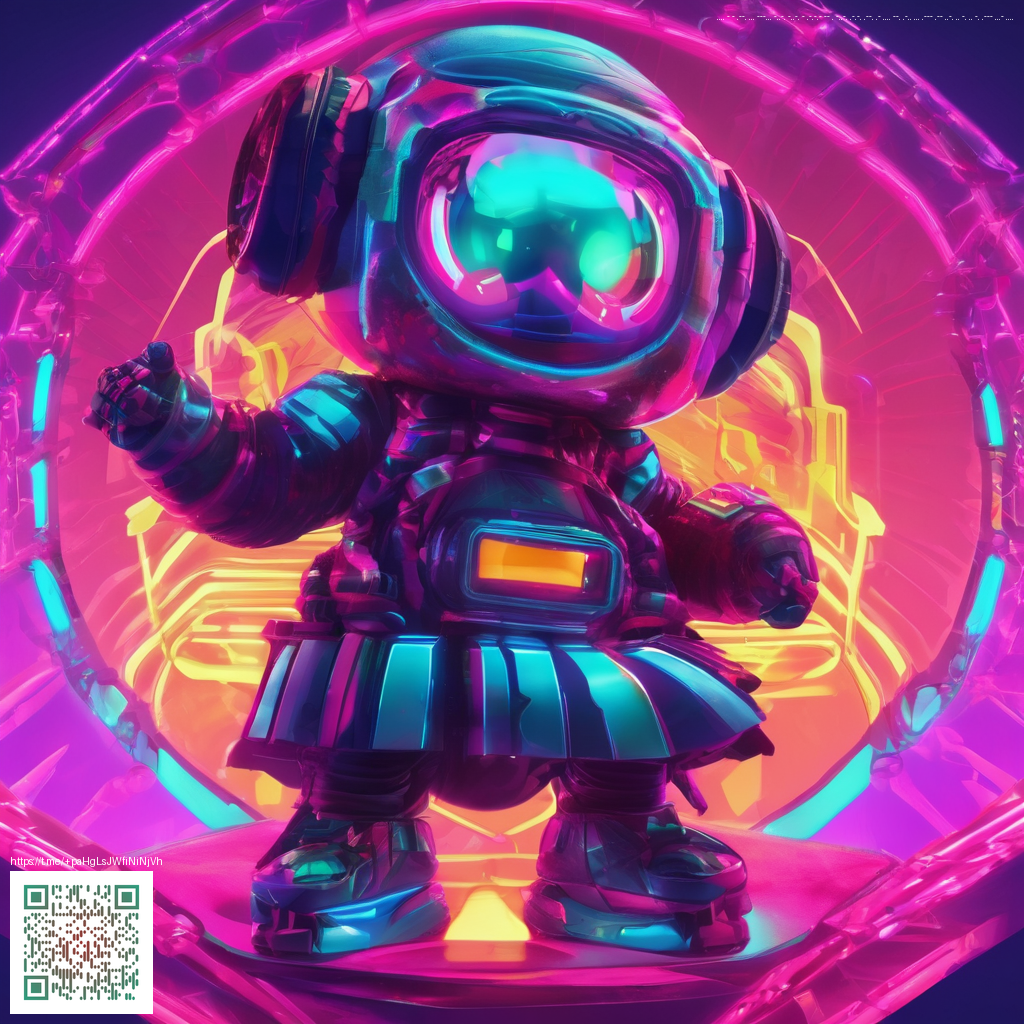
Influence on modern gaming through a pop up world and clever design loops
Since its launch on the GameCube in the mid 2000s, a quirky role playing adventure from Intelligent Systems published by Nintendo carved out a niche that still echoes in today mid tier RPGs and narrative driven titles. The game shipped on October 11 2004 in North America and set a standard for how humor, strategy and story unfold inside a compact turn based system. Its art style leans into a pop up book aesthetic that keeps combat readable while delivering delightful surprises in every dungeon corridor.
At the core of its lasting appeal is a robust badge based progression system that rewards experimentation. Players mix and match badges to tailor their character’s abilities for specific battles and boss fights. This creates emergent playstyles that encourage replayability and thoughtful resource management. Modern games borrow this sense of customization as players chase synergies across classes, tools and encounters rather than chasing linear power curves alone.
The battle rhythm mixes precise timing with strategic planning. Timing based actions during hits can turn a routine encounter into a satisfying puzzle of timing and risk. That feel became a blueprint for later titles that aim to fuse accessibility with depth, letting newcomers enjoy the spectacle while seasoned players uncover subtle interactions that alter outcomes in decisive ways.
The hub world design and partner centered approach also left a mark. Rogueport invites exploration through a tight city space filled with side quests, quirky NPCs and story threads that loop back to the main goal. The notion that a paper world can carry sprawling narratives without losing focus has shaped how developers conceive compact yet expansive game worlds today.
Community members often highlight the game’s humor and writing as a template for how to balance charm with challenge. The witty exchanges, memorable boss lines and creative puzzle ideas contribute to a sense of place that feels both whimsical and earned. In an era where many games lean toward bombastic spectacle, the title reminds players that character and tone can carry a game just as strongly as raw mechanics.
Updates and re releases in recent years have expanded the conversation around its influence. A Switch version released on 23 May 2024 continues the tradition of accessible design with modern hardware in mind. The remake style preserves the original pacing while polishing visuals and control schemes for contemporary audiences. Developers at Intelligent Systems and Nintendo have kept the experience approachable while staying faithful to the game’s pop up charm and clever combat loops.
Modding and fan activity around the title sits in an interesting middle ground. Because this is a GameCube era game, direct official mod support was never a feature. Yet the emulation community has introduced widescreen enhancements, texture improvements, and fan created patches that help modern machines run the title with fewer friction points. This cultural curiosity underscores a broader trend where classic titles continue to inspire hobbyists and independents to craft small scale experiments that inform current design practice.
From the developer side the philosophy remains clear that design should reward curiosity and experimentation. Intelligent Systems has consistently pushed for gameplay loops that feel tangible and purposeful, while Nintendo’s stewardship ensures the narrative voice remains accessible to fans of all ages. The result is a blueprint that informs how modern studios balance artful storytelling with bite sized, replayable gameplay experiences that still feel fresh years later.
In short, the title endures because it demonstrates that clever systems, expressive world building and a strong tonal identity can outlive hardware boundaries. It teaches successors to value player agency, modular progression and a sense of whim that doesn’t undermine challenge. For players today seeking a bridge between classic design and modern sensibilities, the lessons are as relevant as ever.
Support Decentralized Gaming Journalism